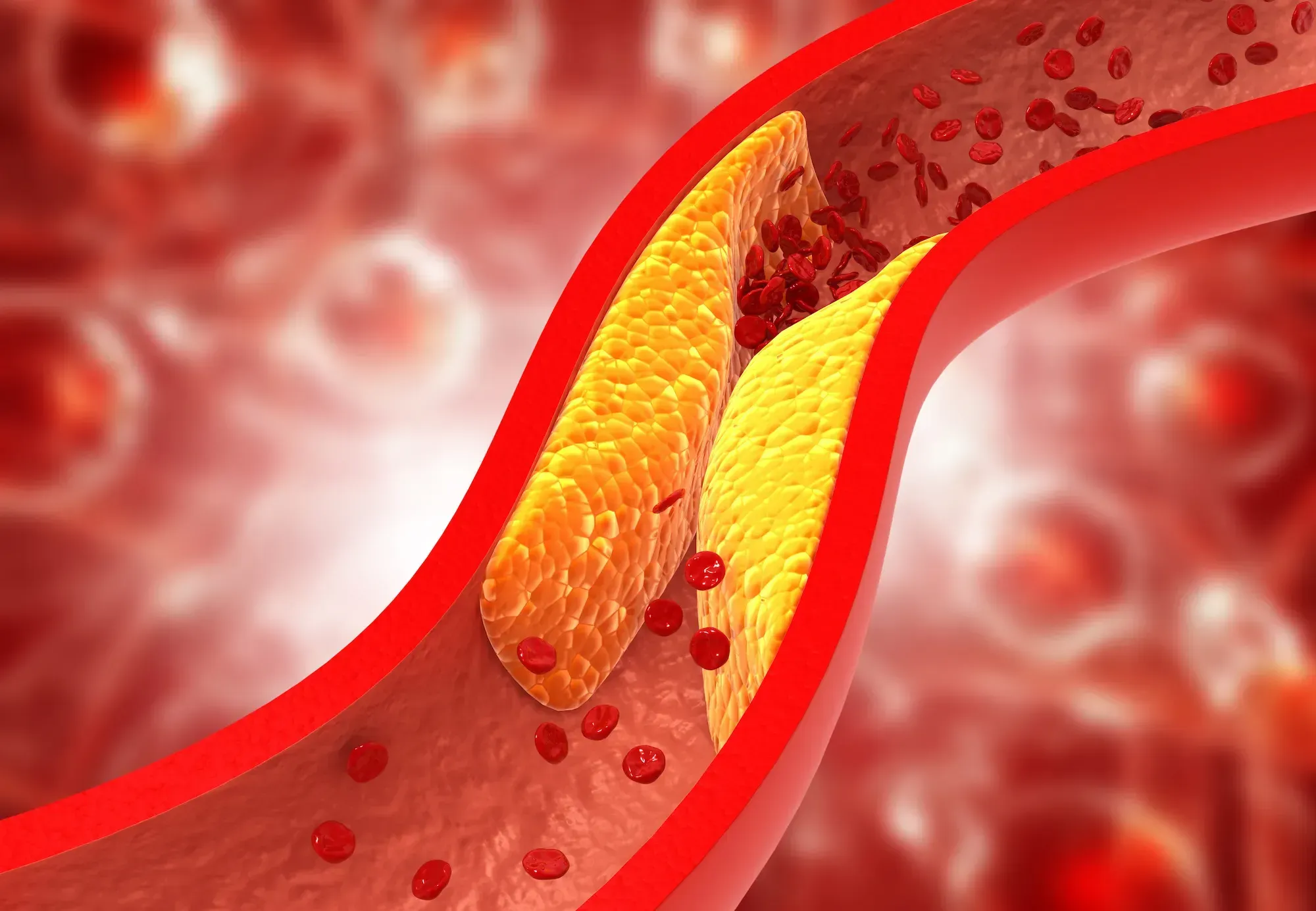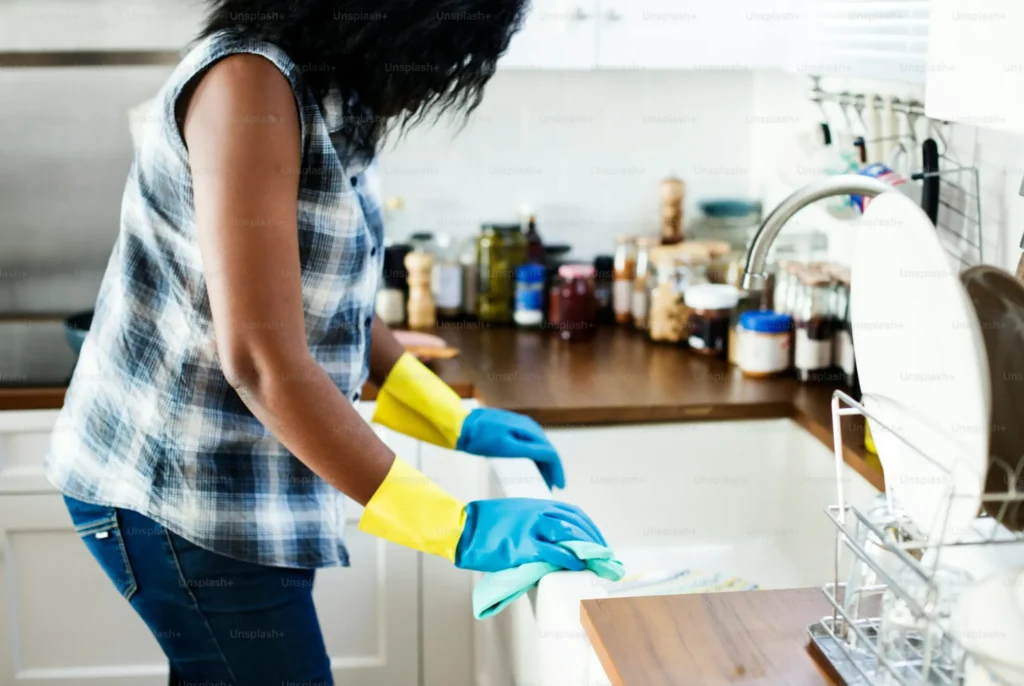Read time : 2 minutes

We often think of exercise and diet as two separate tools for health, but what you do right after eating could have one of the most powerful effects on your cholesterol profile. Post-meal movement—light physical activity after eating—can reprogram how your body processes fats, sugars, and cholesterol, leading to long-term improvements in your lipid profile.
Why Post-Meal Movement Matters
After you eat, your body begins processing fats and carbohydrates for energy or storage. If you remain seated, excess fats (especially triglycerides) can circulate in your bloodstream longer, increasing the risk of arterial plaque buildup over time.
But moving after meals changes the game. Studies, including a major 2023 meta-analysis in Sports Medicine, confirm that even 2–5 minutes of light walking after meals significantly reduces post-meal triglyceride spikes and supports better cholesterol balance. Light movement activates muscular contractions, which stimulate enzymes like lipoprotein lipase (LPL)—a key player in breaking down triglycerides.
How Post-Meal Movement Reprograms Your Lipid Profile
- Lower Triglyceride Peaks: Movement reduces the fat particles that accumulate after a meal, decreasing the burden on your arteries.
- Improved HDL Efficiency: Post-meal activity boosts HDL’s ability to shuttle cholesterol away from artery walls to the liver for removal.
- Insulin Sensitivity Boost: Improved insulin response from post-meal walking also indirectly supports lower triglyceride production.
What Kind of Movement Works?

- Slow to Moderate Walk: 5–15 minutes after meals.
- House Chores: Washing dishes, folding clothes—anything to keep standing and moving.
- Standing Desk: If working, try pacing or using a standing desk setup.
The Power of Timing
The key is timing—within 20–30 minutes after your meal is ideal. Starting movement later misses the window when your body is managing the largest influx of nutrients into the bloodstream.
Practical Tips:
- After dinner, take a slow stroll around your home or compound.
- Incorporate short walks after lunch at work.
- Combine this with fiber-rich meals to further blunt post-meal fat absorption.
Final Thought
It doesn’t take gym memberships or marathon training. It takes small, consistent steps—literally. By making post-meal movement a habit, you help your body process cholesterol and fats more efficiently, lowering your risk of heart disease over time.
In African households, turning after-meal conversation time into “walk-and-talk” moments with family could transform health outcomes for generations.
Meet Your Ai Personal Trainer
Download the App to Take your free Ai health assessment Today [Take Assessment]
Baah Sekyere Agyekum
Myhealthcop physical activity expert